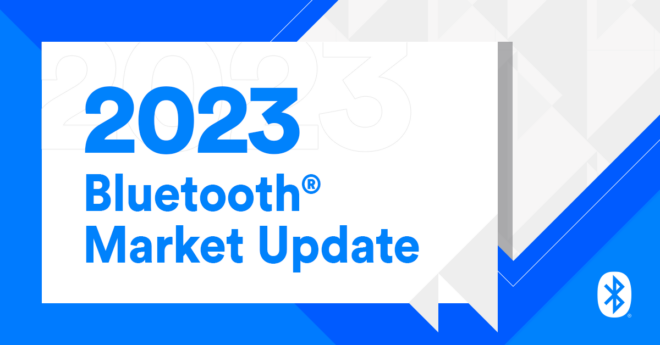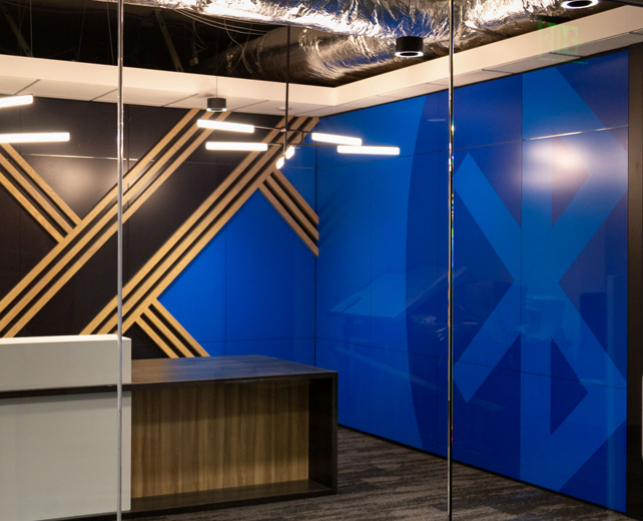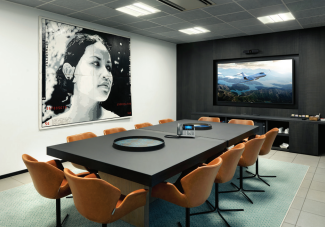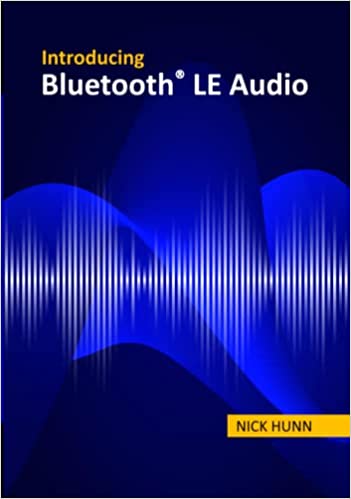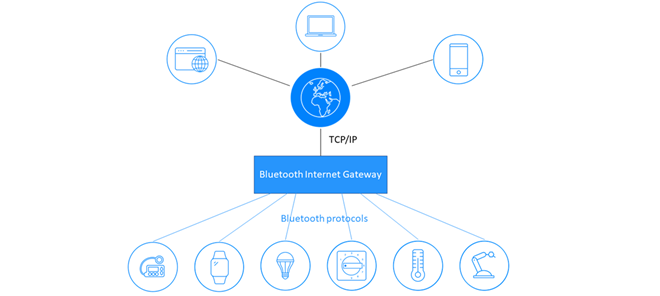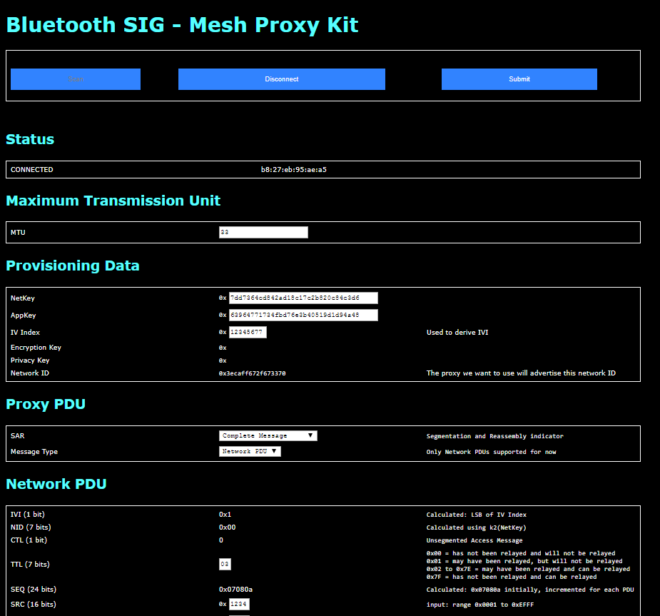Recently, there’s been an increase in the number of Bluetooth® enabled products being stopped and held by customs. The loss of time and money spent on resolving customs issues could significantly impact your business. Understanding common reasons customs might delay a shipment of Bluetooth products is integral to ensuring your products swiftly reach their destination.
Two of the most-common reasons customs may stop a shipment of Bluetooth enabled products is that the company that produced the products is not a member of the Bluetooth SIG or the products being shipped haven’t been properly qualified as outlined in the Bluetooth Qualification Process.
Become a Bluetooth Member
Caretakers and innovators of Bluetooth® technology, the Bluetooth Special Interest Group (SIG) is a network of more than 35,000 member organizations. Each member contributes to a consistent, coherent, and cooperative experience — whether that is in creating new Bluetooth innovations or upholding Bluetooth brand integrity.
The Bluetooth brand is recognized by 92% of consumers globally, with nearly 5 billion Bluetooth products expected to ship in 2020. All Bluetooth trademarks are owned by the Bluetooth SIG, including the:
- BLUETOOTH word mark
- Figure mark (the runic “B” and oval design)
- Combination mark (Bluetooth word mark and design)
Only members of the Bluetooth SIG may display, feature, or use any of the trademarks. If your company is not a member of the Bluetooth SIG and does not have its own Declaration ID, your products are considered counterfeit and could be stopped by customs.
Even if you’re only selling the product, you still need to become a member to create a Declaration ID. Otherwise, you can’t legally take advantage of the Bluetooth brand.
Becoming an Adopter-level member is free. Learn more about joining the Bluetooth SIG.
Qualify Your Bluetooth Product
Products your company offers that include Bluetooth® capabilities must be properly qualified as outlined in the Bluetooth Qualification Process.
A Global Community of Wireless Innovation
How members represent and promote the Bluetooth® brand impacts the entire community. Properly qualifying your products will not only help preserve the integrity of the Bluetooth brand, but it will also help you avoid significant shipment delays or rejections, ensuring your Bluetooth products move through customs as quick as possible.
New updates to the Bluetooth Brand Guide are also now available. Download the updated Bluetooth Brand Guide and begin updating your materials as soon as possible.
Questions about Bluetooth branding can be sent to [email protected].
![]()




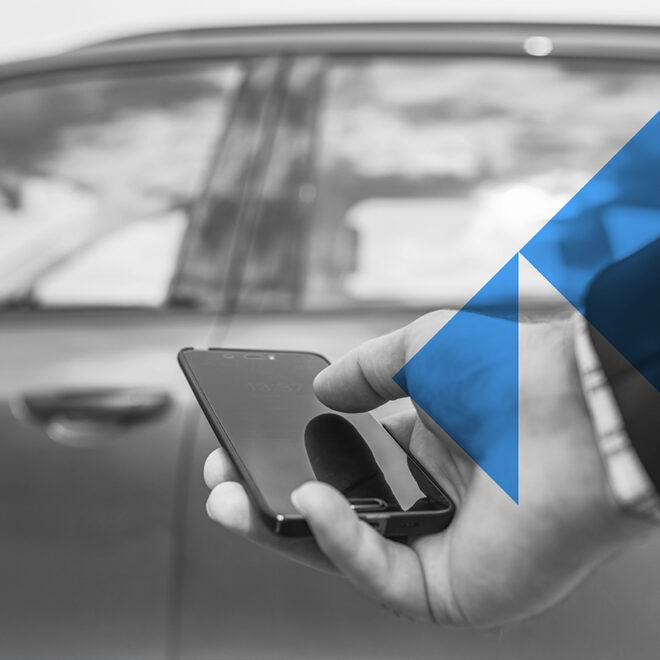





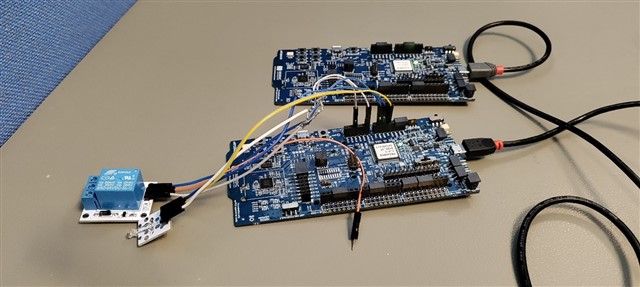
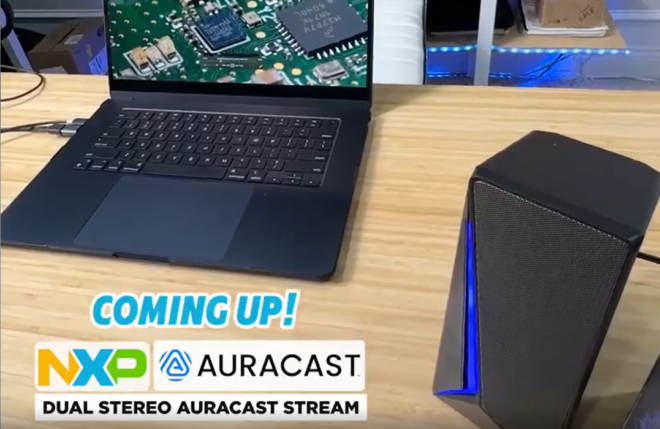
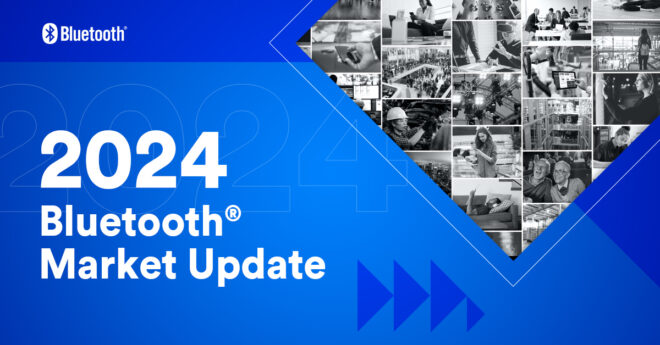

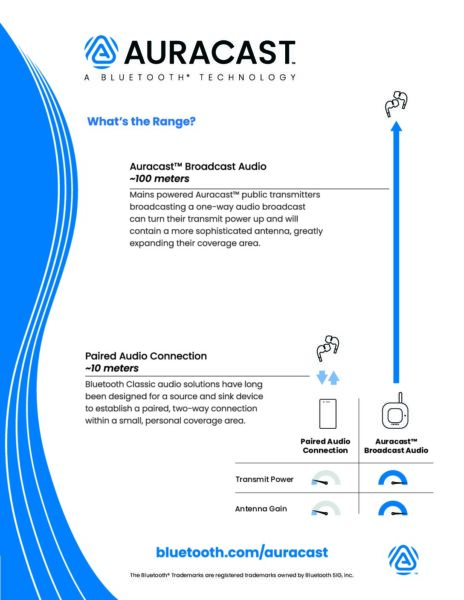
![2312 CES Handout Images FINAL existing pdf 464x600[1]](https://www.bluetooth.com/wp-content/uploads/2024/01/2312_CES_Handout-Images_FINAL-existing-pdf-464x6001-1.jpg)
![2312 CES Handout Images FINAL unlimited pdf 464x600[1]](https://www.bluetooth.com/wp-content/uploads/2024/01/2312_CES_Handout-Images_FINAL-unlimited-pdf-464x6001-1.jpg)
